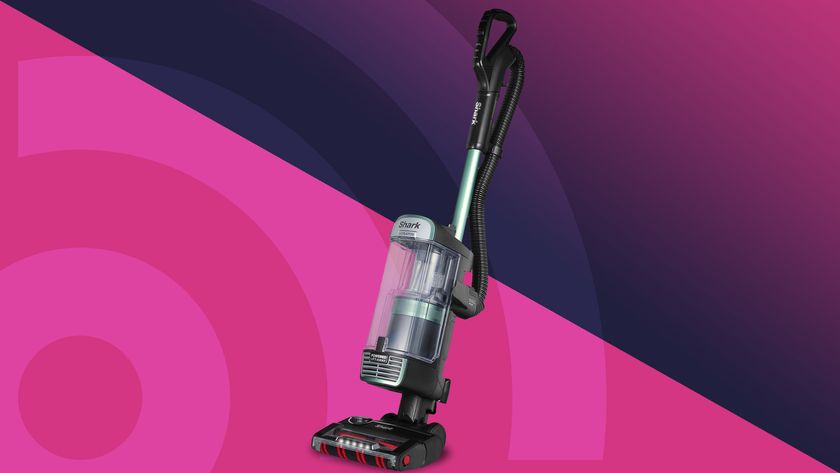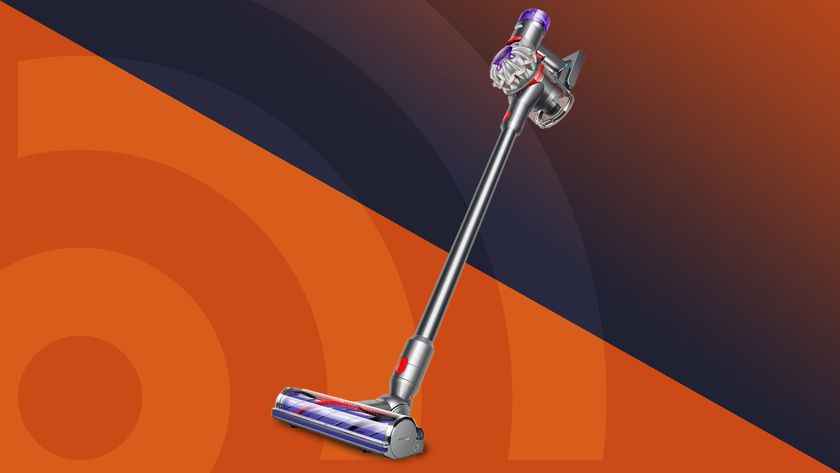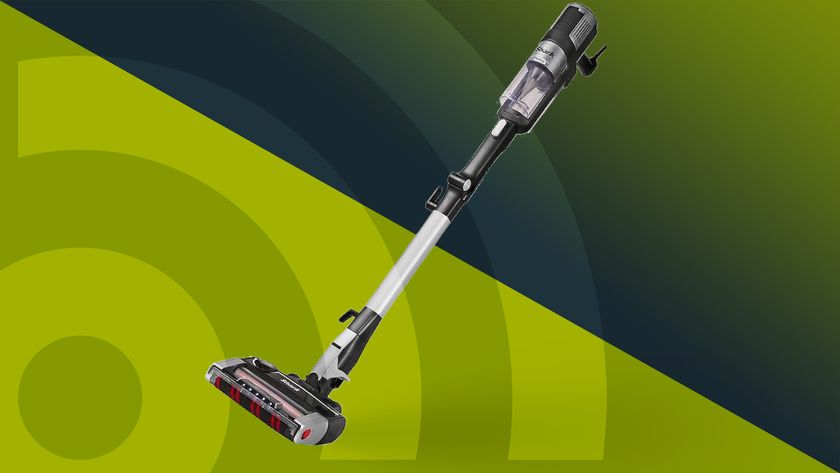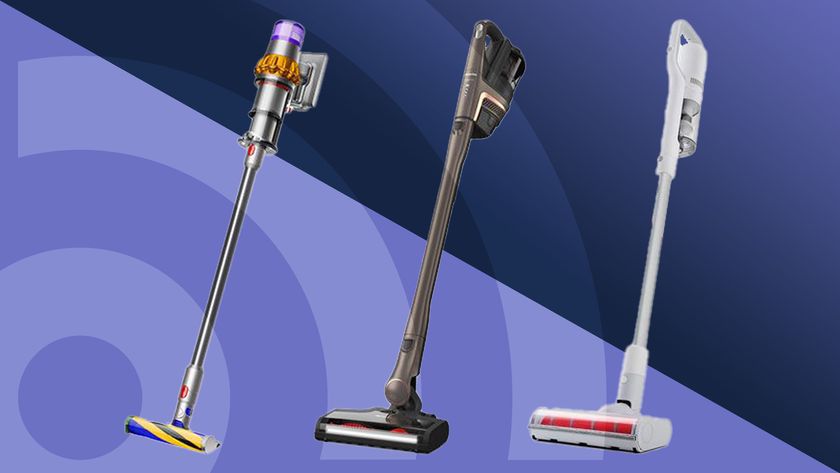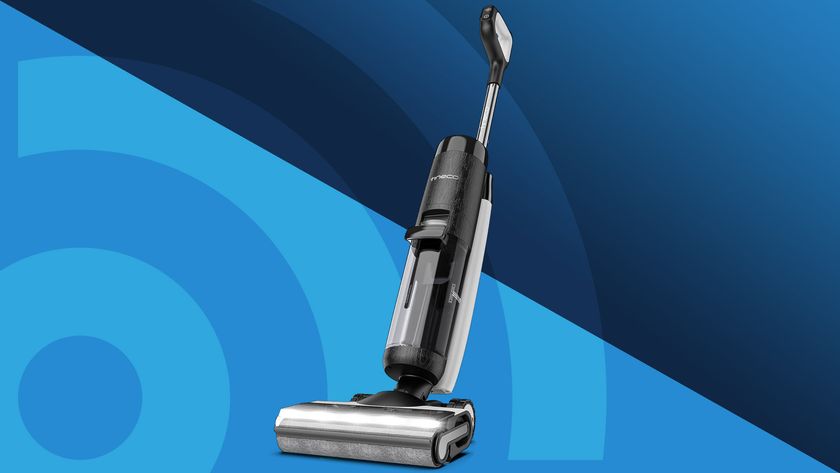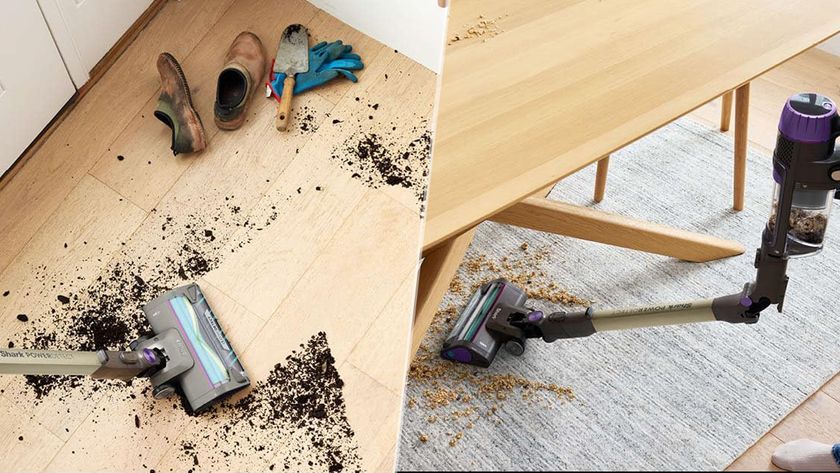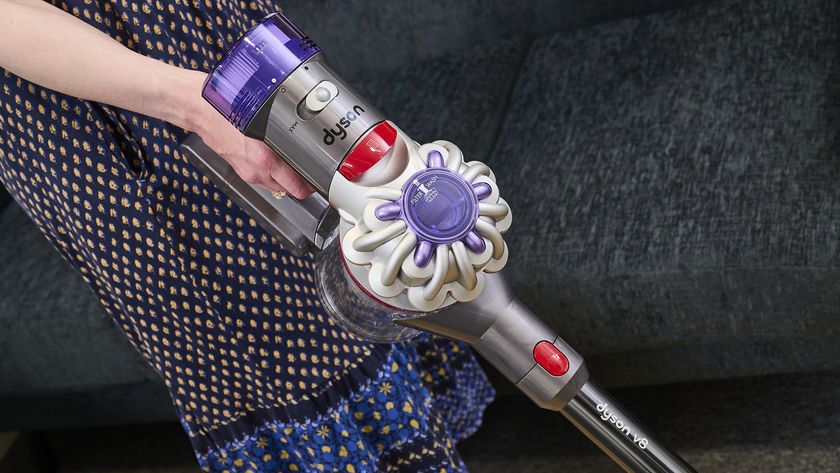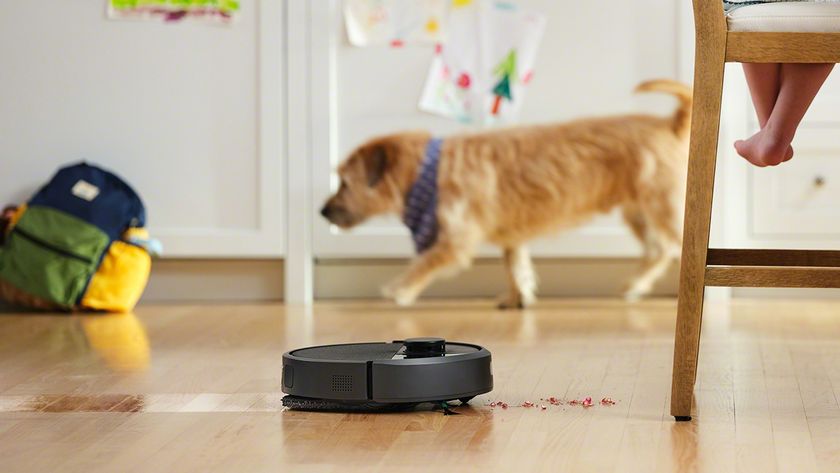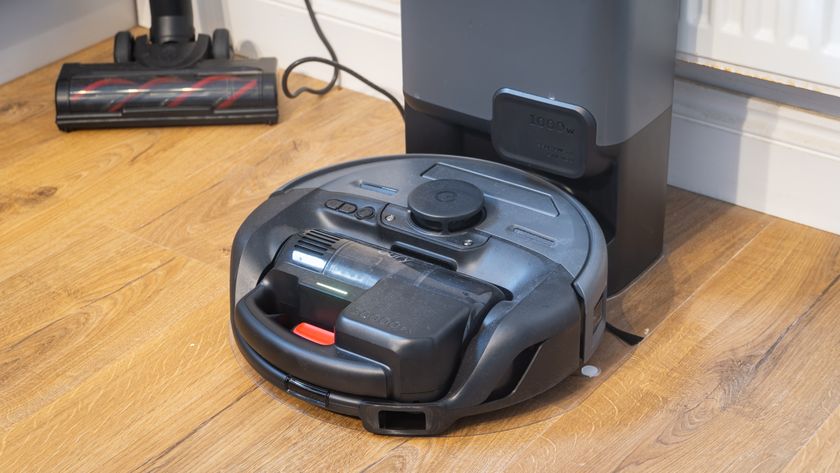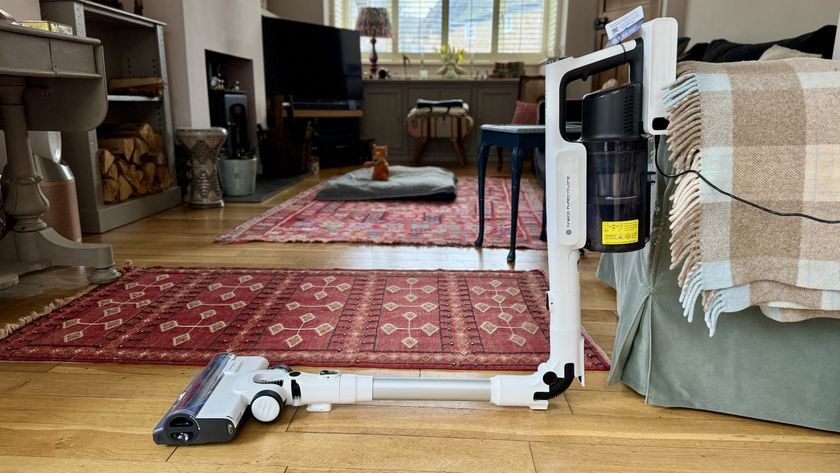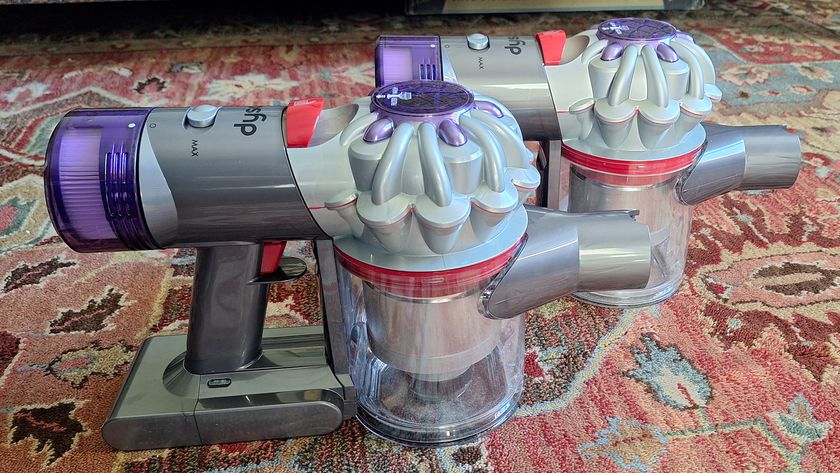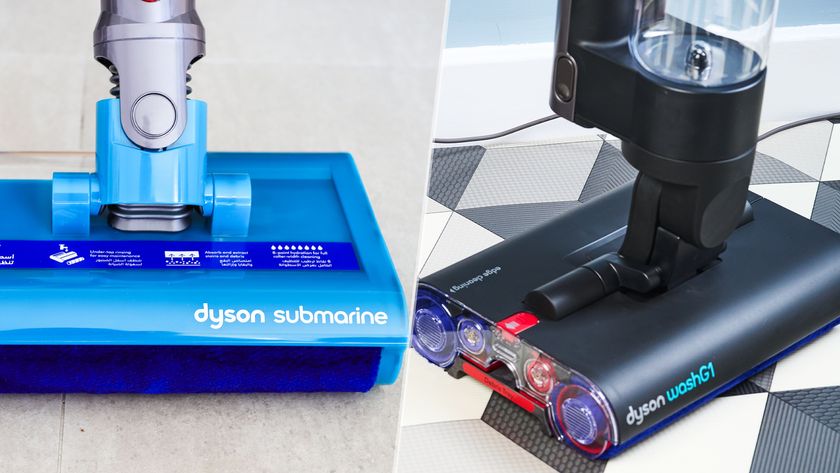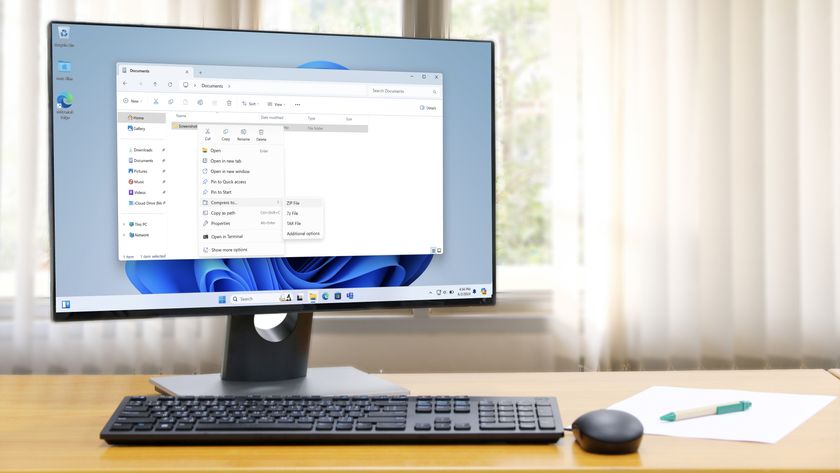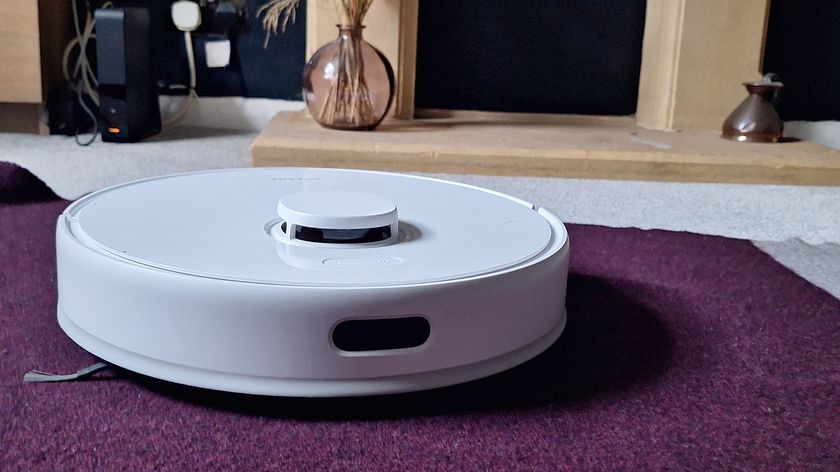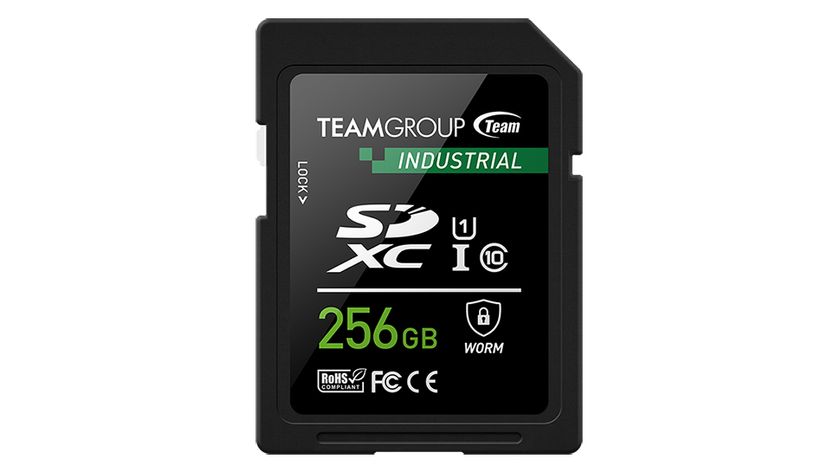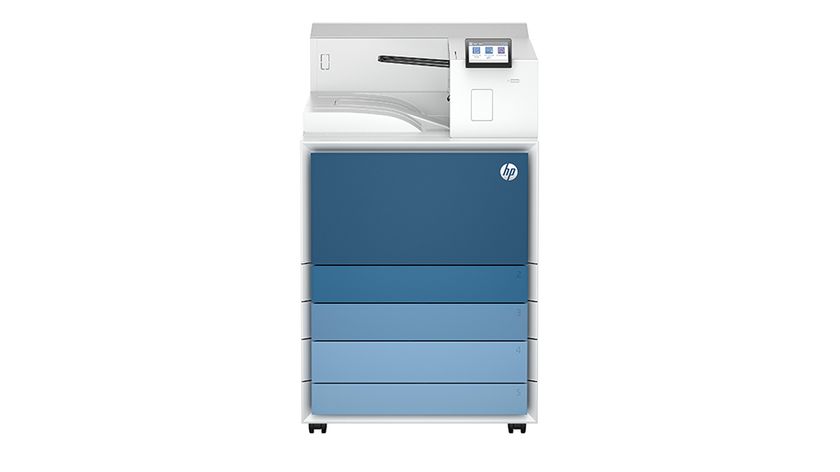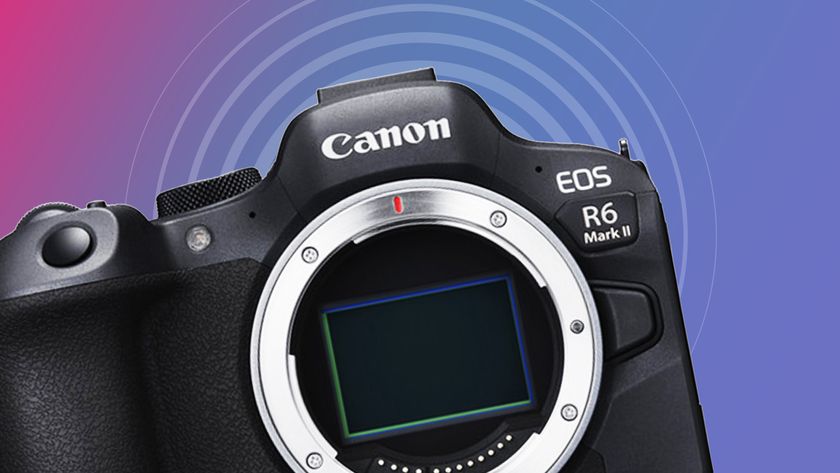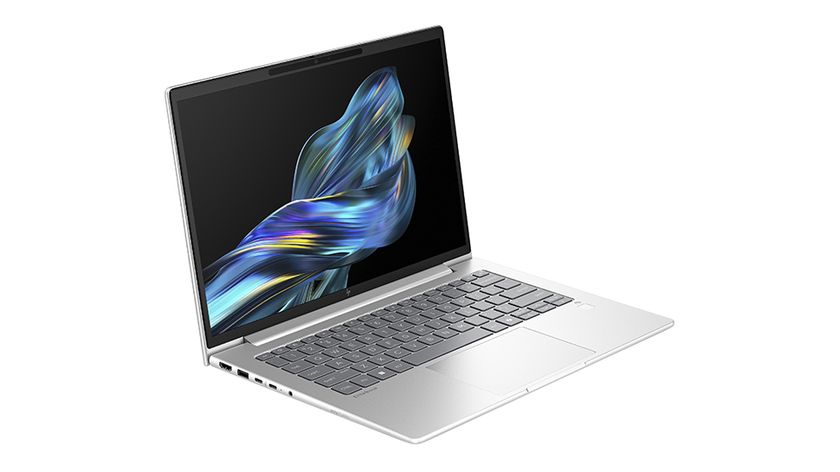Canister vs upright vacuums: which should I buy?
It’s canister vs upright vacuums here as we find out which is better
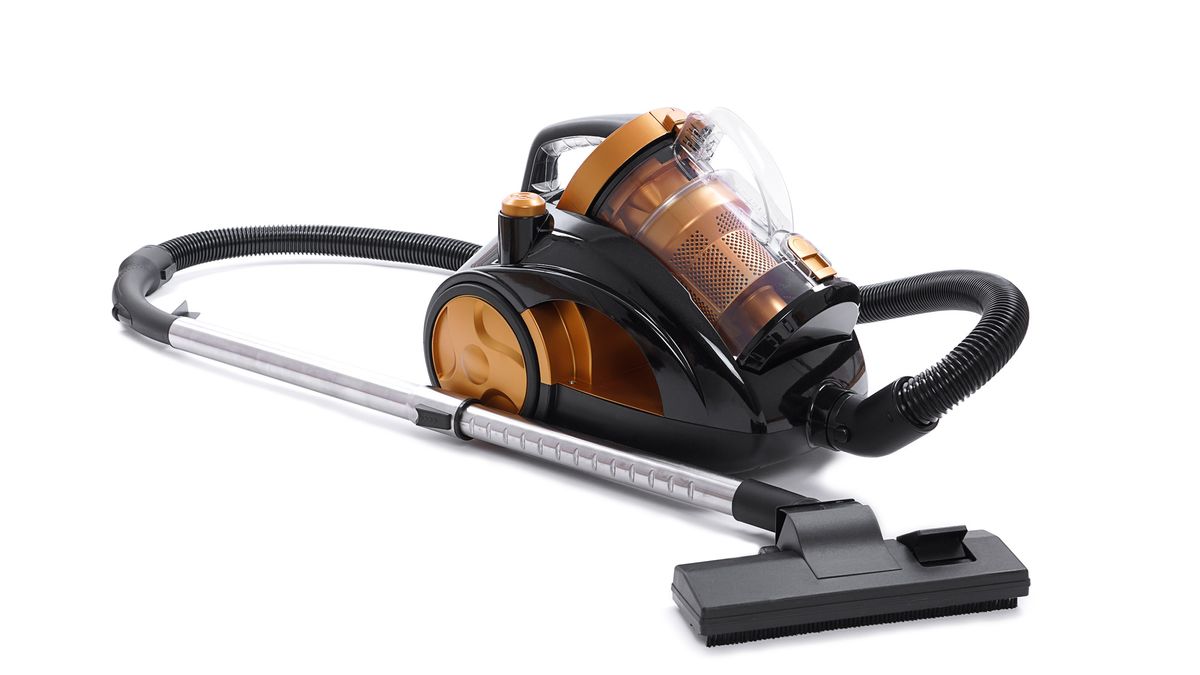
Innovation in floorcare appliances is big business, so if it’s time to upgrade your vacuum cleaner, you’ve probably noticed that there’s plenty of choice. The downside is that when choosing one of the best vacuum cleaners it can be difficult to wade through all the options and figure out which is best for you and your home.
If you’re reading this, you’ve probably already decided against one of the best robot vacuums which offer low-fuss cleaning, but don’t suit all households. The best cordless vacuum cleaners are another popular choice for sucking up all the dust and dirt from around your home, but the limited vacuuming times and smaller dust canisters aren’t for everyone.
The best upright vacuum cleaners are pushed along in front of you while canister style vacuums feature a long hose so you pull the bulk of the vacuum along the floor behind you. Quite often the choice between canister vs upright vacuums comes down to personal preference. But if you’re struggling to choose between them, we’re comparing these two more traditional cleaners, drilling into the differences and the pros and cons of each type, to help you decide which model will suit you.
- Here’s how often you should vacuum
- See whether the Roidmi S1E is worth your money
- Discover how to vacuum like an expert

Canister vs upright vacuums: Canister vacuums
Canister vacuums are made up of a main motor unit and a hose with a wand attached to the end of it, and these machines are sometimes called cylinder or barrel vacuums. Normally canister vacuums feature mechanical parts such as the motor in the main unit along with a dust bag.
Pros:
- Lightweight
- Powerful
- Doesn’t damage flooring
There are plenty of pros to choosing a canister vacuum and they include how light these models feel to push around - that’s because you’re only really moving the cleaning wand around, rather than pushing the whole unit as you have to with an upright vacuum. It's also easier to reach the floorhead under low furniture and into awkward spots thanks to the slim wand design.
The power cord normally disappears away inside the shell of canister vacuums making things a lot tidier. As well as that, canister vacuums often have bigger space to hold the engine so they can be more powerful. Helpful features include the ability to switch the floor head brush on and off depending on which type of surface you’re cleaning, this helps prevent scratches on your floor.
Get daily insight, inspiration and deals in your inbox
Sign up for breaking news, reviews, opinion, top tech deals, and more.
Cons:
- Hard to store
- Canister can bump into things as you pull it behind you
- Hose can mark walls
The downside to having a canister vacuum is that they can be fairly bulky compared to an upright vacuum cleaner, so you’ll need to have a large enough space to store one.
Perhaps the biggest drawback of a canister vacuum is how easy it is to bump the canister into corners of furniture and walls if you don't pay attention as you pull it along behind you. This isn’t something you’d have to worry about with an upright vacuum.
Canister vs upright vacuums: Upright vacuums
Upright vacuums are one unit that has a floor head, dust bin, handle, and normally a hose that can be used with attachments.
Pros:
- Some models are cordless
- Easy to store away
- Nothing drags behind you
Upright vacuums are available in a range of designs from a huge number of brands. There are many good cordless models available now, such as the Lupe Pure. Choosing a cordless upright will save you from having to plug in the power cord but you’ll need to factor in the battery life too.
The other great benefit of choosing an upright vacuum is that they are easy to store away because they're one tall unit, requiring less floorspace than a canister vacuum.
Cons:
- Heavy
- Not great for stairs
- Loud
One of the main issues with an upright vacuum is that they’re pretty heavy because you have to push the entire unit back and forth around your home an dthe more dirt you collect, the heavier it'll get. Upright vacuums have improved since the very first models came out but if mobility is an issue for you, consider a lighter vacuum such as a stick vacuum like the Roidmi S1E.
Upright vacuums might be a great choice for anyone living in a single-story home but if you’ve got stairs to clean, they present a bit of a challenge. Upright vacuums are heavy and because they are one large unit, carrying them up the stairs to vacuum each step is no mean feat.
Canister vacuums have a shell unit which is good for muffling some of the vacuum’s motor noise, but upright vacuums don’t have that luxury and can be quite loud.
Canister vs upright vacuums: which should I buy?
If you’re deciding between an upright and a canister vacuum, it’s well worth considering how much weight you’re willing to push around. Although canister vacuums do sometimes have heavy units, the hose and wand should be very light to push around.
Consider where you’re going to store your vacuum, upright vacuums require less floor space but need a tall cupboard, whereas a canister can be broken down and stored in a shorter cupboard, it just has a larger footprint.
Another thing to think about is the layout of your home and if there are awkward places to clean or stairs, bear in mind how heavy upright vacuums can be and consider the crevice tools that come with each type of vacuum cleaner.
Ultimately, choosing between canister and upright vacuums will depend on what you need for your home, but think about maneuverability, weight, and storage to make your decision easier.
Sophie writes about all things appliance-related and is currently the Home Editor at TechRadar's sister site, Top Ten Reviews. When she's not testing coffee machines and appliances, Sophie is thinking of eating delicious food, and asking people what they're having for dinner.
